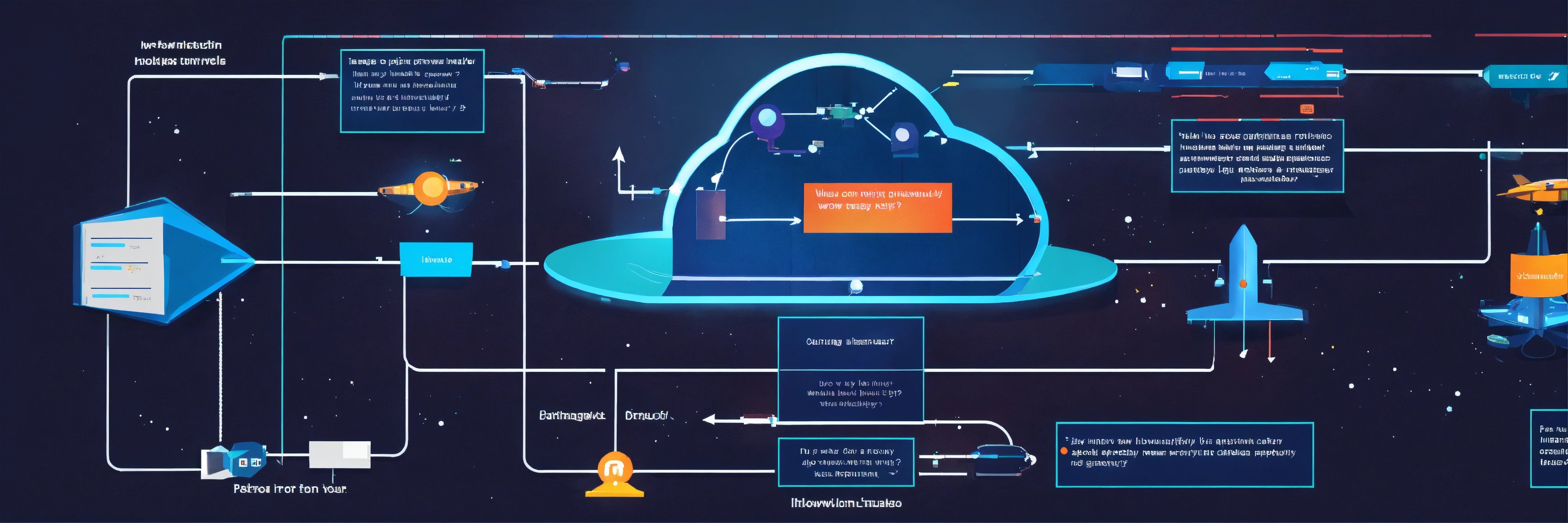The Power of Cloud: Revolutionizing Business Infrastructure
The advent of cloud technology has transformed the way businesses operate. It's not just a technological advancement; it's a paradigm shift in how infrastructure is managed and accessed. Cloud computing offers scalability, flexibility, and accessibility that traditional on-premises solutions struggle to match. Businesses now have the ability to store data remotely, access applications from anywhere, and scale resources on demand, ushering in an era of agility and efficiency unparalleled in previous IT landscapes.
The advantages of migrating to the cloud are manifold. Scalability allows businesses to adjust resources according to demand, eliminating the need for extensive hardware investments upfront. Cost-effectiveness stems from paying for what's used, rather than maintaining and upgrading physical infrastructure. Accessibility enables remote work and seamless collaboration, fostering productivity across geographically dispersed teams. Moreover, the cloud's robust security measures and data redundancy mitigate risks associated with on-site data storage, ensuring business continuity even in the face of unforeseen circumstances.
Cloud computing is often far more secure than traditional computing because companies like Google and Amazon can attract and retain cyber-security personnel of a higher quality than many governmental agencies.
Vivek Kundra
One of the most compelling aspects of cloud technology is its adaptability to diverse business requirements. From Infrastructure as a Service (IaaS) offering virtualized computing resources to Platform as a Service (PaaS) providing development environments, and Software as a Service (SaaS) delivering applications over the internet, the cloud offers a spectrum of services. Each service model caters to specific business needs, allowing companies to choose the most suitable option and customize it to align with their operations.


While the benefits of cloud migration are evident, the process itself isn't without challenges. Transitioning from legacy systems to the cloud requires meticulous planning, addressing compatibility issues, ensuring data integrity, and maintaining operations during the migration phase. However, partnering with experienced cloud service providers can mitigate these challenges. Their expertise and guidance facilitate a smooth transition, ensuring minimal disruptions and maximum benefits from the cloud infrastructure.
Looking ahead, the trajectory of cloud technology points toward even greater innovation and integration. As businesses increasingly leverage the cloud, its evolution continues. Emerging technologies like edge computing, serverless architectures, and AI-driven analytics are poised to further revolutionize how businesses utilize the cloud. The future isn't just about adopting the cloud; it's about harnessing its potential for transformative innovation and sustainable growth.

